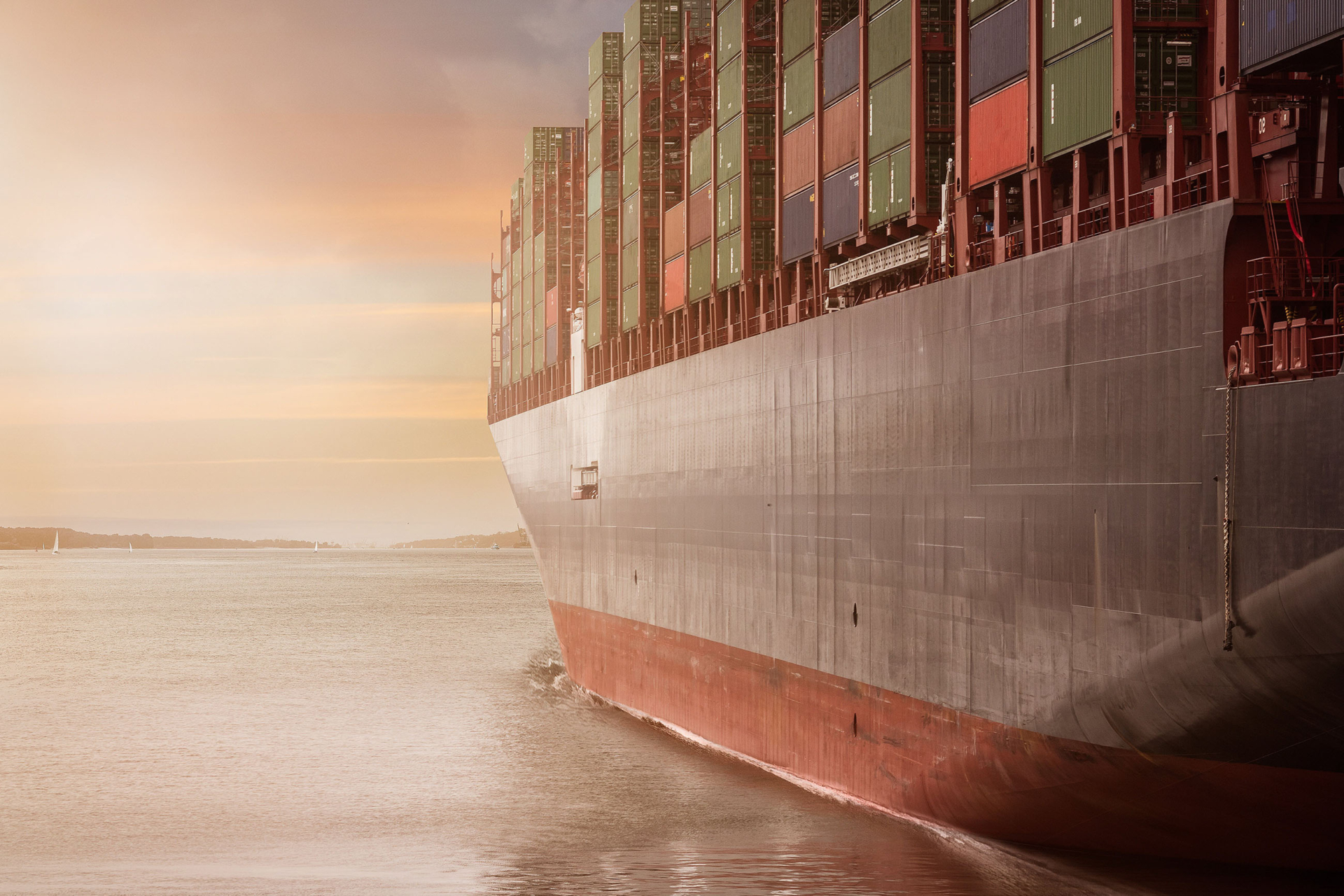Story by
Jim Heide
Tags /
- Business
- Freight
- Logistics
- Strategy
It’s been another eventful year for the transport and logistics industry. Businesses have had to show more resilience than ever, navigating unprecedented supply chain disruption and dealing with a rapid surge in cargo crime, not to mention riding the waves of emerging technologies.
If 2023 made one thing clear, it’s that adopting a responsive, agile approach has never been more critical. To ensure their continued success, freight and logistics firms need to harness everything they’ve learned over the last year and apply it to the potential unknowns in the future.
So, what are the key trends we can expect to see in 2024? I share my predictions for the next 12 months below.
1. A more diverse use of automation.
Automation is continuing to penetrate the market, but what’s interesting is the diverse ways in which it’s now being used. For instance, we’ve already seen an increasing number of businesses that rely on eCommerce using Enterprise Resource Planning (ERP) systems to automate inventory management. Automation is also fantastic for optimizing other digital processes – Loadsure leverages it to speed up our claims handling process and provide better visibility of a claims’ lifecycle to our assureds.
That said, if labor shortages continue to impact the sector in 2024 and beyond, I wouldn’t be surprised to encounter a spike in automated solutions for material handling like the Amazon warehouse robots.
2. Better incorporation of AI tools into workflows.
Collins English dictionary has officially crowned “AI” Word of the Year for 2023, and with such an influx of new AI tools on the market it’s not hard to see why. Artificial intelligence has been on the transport and logistics scene for a while (take Loadsure’s AI-powered portal), but it’s now being incorporated in a more nuanced and collaborative way.
Whether it’s using Microsoft Copilot to make document and email management easier, or trialing AI software which can calculate and forecast the most efficient shipping route, we’ll surely see the continued influence of experiments in AI over the next few years.

3. Stricter cybersecurity measures.
Digitalization may have transformed transport and logistics over the last decade, but threats to the industry have inevitably kept pace with these new technologies. In the past, opportunistic theft and pilferage might have been the biggest threat, but cyberattacks are a real and growing concern. Malicious tactics like loadboard infiltration and ransomware have enabled certain types of cargo fraud to boom, particularly crimes like double brokering and fictitious pick-ups.
All businesses have their vulnerabilities, but the smartest will tighten up their cybersecurity measures to close these gaps. That means we may see more companies outsourcing their cybersecurity needs, investing in hyper-advanced antivirus software, or taking out cyber insurance policies to specifically cover these risks. Digital identity solutions could also become more widespread, as they offer a standardized way to verify driver or carrier ID at the point of consignment.
4. Increased concerns around sustainability.
It’s vital to the economy, but freight is responsible for 8% of global greenhouse gas emissions, or 11% once warehouses and ports are included. Ambitious goals are already being set to reduce this footprint – for example, the EU intends to cut transport emissions by 90% by 2050. But how is the industry responding to the challenge?
For starters, electric trucks are slowly joining the supply chain, with Schneider and Tesla leading the way in terms of development. Clean hydrogen is also becoming more readily available, and with the right supporting infrastructure, hydrogen-fuelled trucks could eventually help to decarbonize long-haul trucking by replacing conventional gas.
On top of this, many logistics firms are seeking to reduce deadhead miles by plotting routes more strategically, or consolidating LTL freight. Historically, the difficulty sourcing affordable cargo insurance on a per-load basis has been a barrier to LTL freight, but Loadsure offers accurately-priced policies for single shipments of all sizes. Not only does this help carriers to backfill a container with properly insured loads, it also reduces the number of partially-filled vehicles on the road
5. A shifting economic climate.
After a dramatic few years post-pandemic, inflation is finally coming down consistently in America and Europe. Across the board, economists are hoping for steadier, more predictable fluctuations in 2024. Yet, with a range of volatile geopolitical factors to consider, like the ongoing war in Ukraine, conflict in the Middle East, and a looming presidential election in the US, there’s no way of knowing for sure how the global economy will respond.
For transport and logistics businesses, a flexible, reactive approach is still going to be crucial moving forward. Staying on top of global news will help to preempt the impact of economic changes, but the most prepared businesses will already have a strategy in place to handle supply chain disruption.
Building out a comprehensive risk mitigation plan is one way to equip your business for the year to come, but it’s also vital to get the right insurance.

Don’t forget to reach out to your broker and ask about their cargo insurance offering, or feel free to contact us by filling the below form to talk about our range of products.
